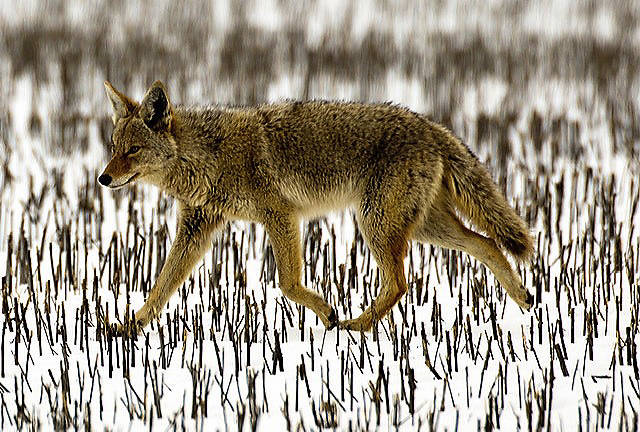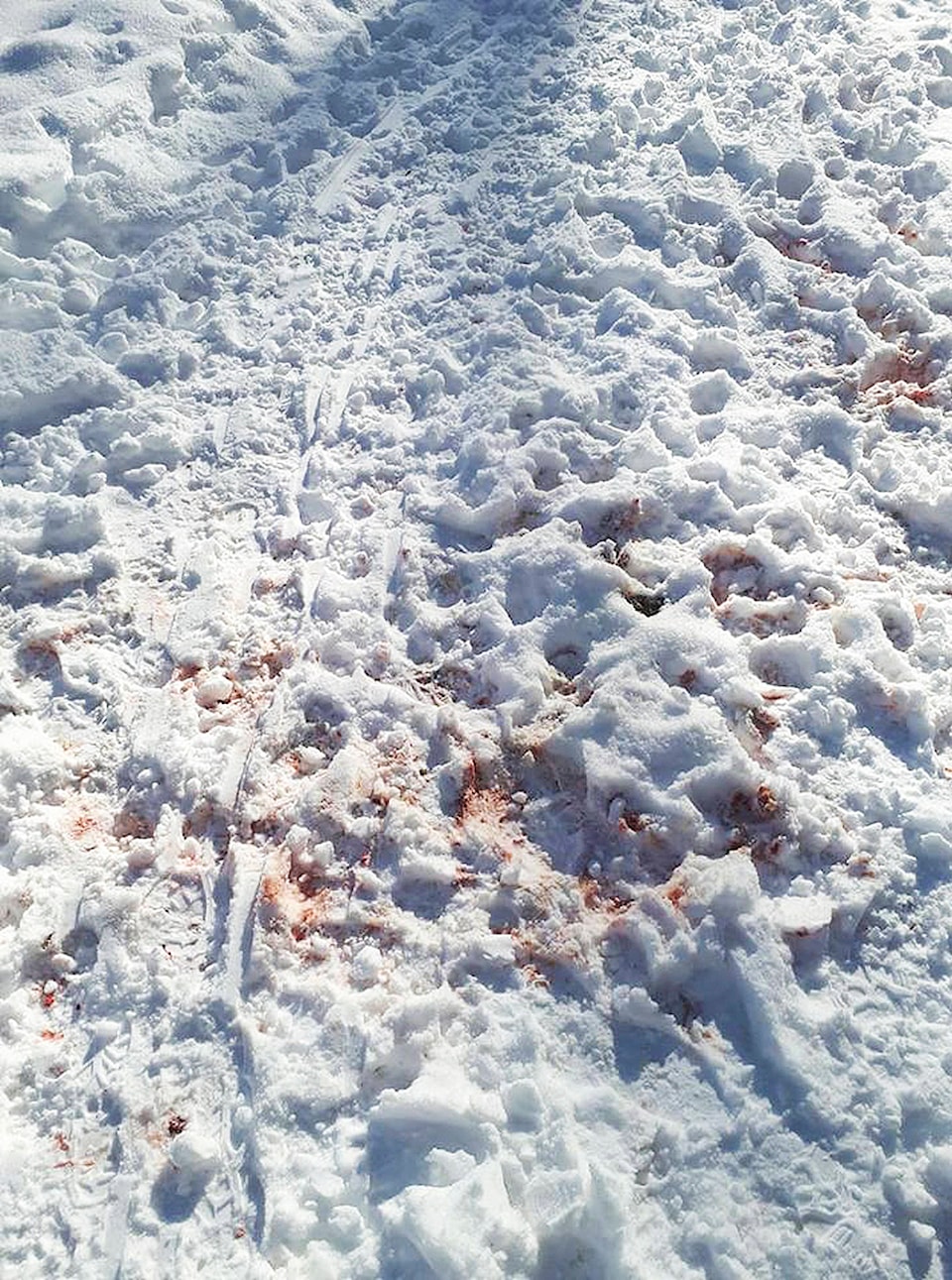Kyle Malcolm was walking the nature trail near Silver Sands Road in Sicamous with his son, his girlfriend and their dogs on Sunday, Feb. 24 when he spotted a streak of blood on the snow.
The source of the blood was a small deer which Malcolm thinks had been killed by a large predator and scavenged by coyotes.
The presence of a predator large enough to take down a deer so near to a populated area might be part of a seasonal trend. Conservation officer Tanner Beck said predators move with their prey and as the species they hunt are forced down into valley bottoms by a snow load that makes feeding difficult for them, animals like cougars, wolves and coyotes are one step behind them.
Read More: Dog killed by three wolves near Prince Rupert
Beck added that predator sightings become more common this time of year and people should be aware of the wild animals’ presence so they can take the necessary steps to protect pets and livestock.
“We recommend at all times of year to secure small livestock, poultry and pets during dusk, dawn and at night in an enclosure or structure that is not accessible to predators,” Beck said.
Read More:Wolf cull could have repercussions in the Okanagan
When predators make a kill, like they did on the nature trail in Sicamous, they will often linger in the area feeding on it as long as it is available. Beck said most predators want nothing to do with people, but it is still not advisable to spend time around a kill as encounters or conflicts with predators can occur.
Beck said the same tips for staying safe in areas frequented by bears also apply with predators who do not hibernate through the winter. He said it is best for people walking in wooded areas to take steps to let predators know they are there so they will stay away.
@SalmonArm
jim.elliot@saobserver.net
Like us on Facebook and follow us on Twitter

